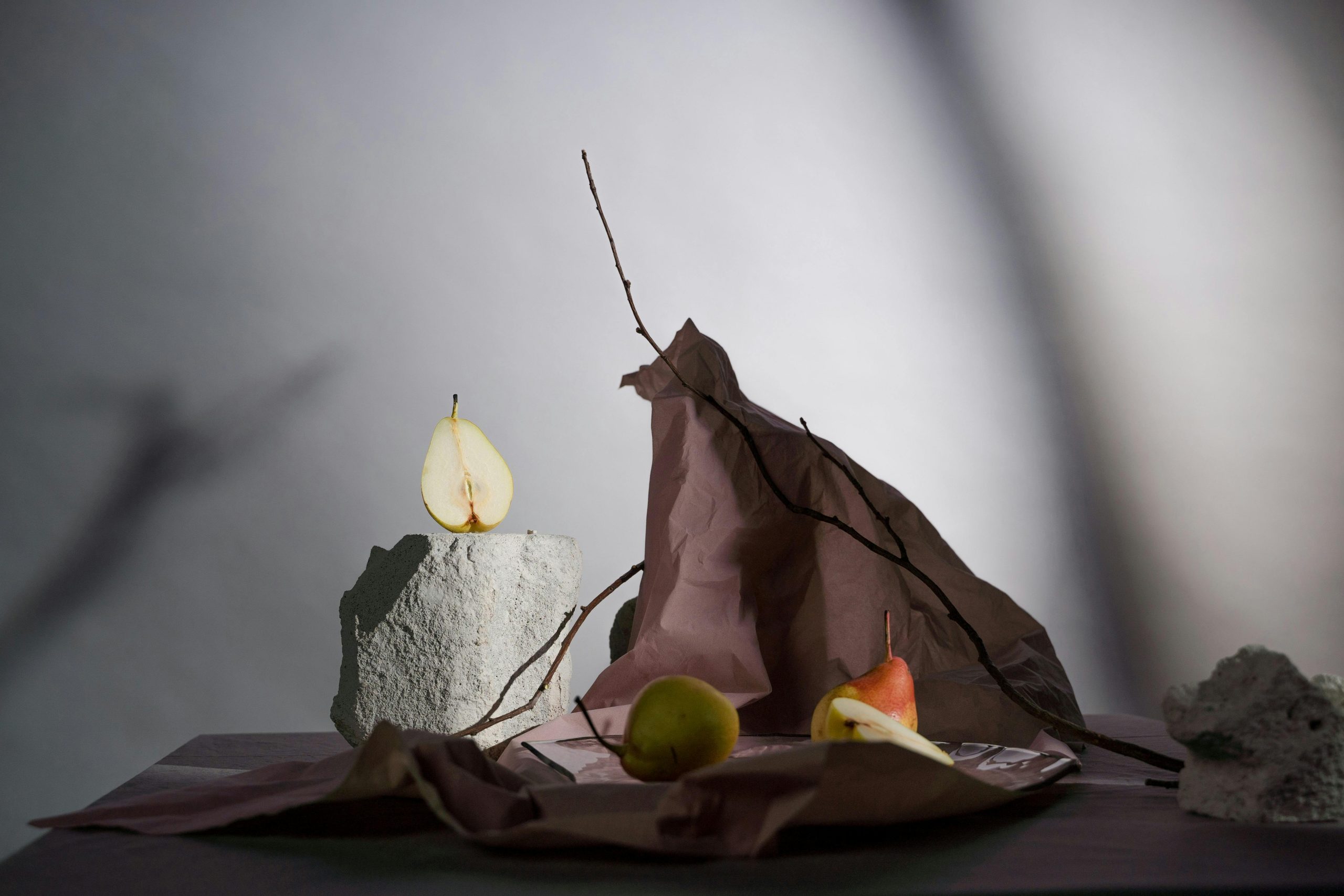The question hints at a specific location or object that is frequently obstructed or overshadowed by parked vehicles, suggesting it might be a common occurrence. Often, in urban or popular areas, specific landmarks, famous streets, or well-known sites become regular parking spots due to their high traffic nature. To answer the question, it would depend on the time of day, the location’s usual traffic patterns, and potentially the availability of alternative parking facilities. For instance, busy high streets, main tourist attractions, or locations with limited parking spaces tend to always have vehicles nearby or in front. If the location is notorious for this, locals may rarely see it unobstructed. However, times such as early mornings, late at night, or during off-peak seasons could potentially offer a moment when no vehicles are present.
Supporting the People of Berkshire

This is a fascinating observation! It highlights a common urban challenge where the aesthetics of landmark sites can be compromised by parked vehicles. In addition to the specific times you mentioned when one might witness a location without obstruction, it could also be interesting to consider how urban planning and design strategies could alleviate these issues. For instance, implementing designated pedestrian zones or improving public transportation access may help reduce the reliance on personal vehicles, thus enhancing the visibility of these areas. It’s also worth discussing how community engagement can play a role; perhaps locals have interesting anecdotes or suggestions based on their experiences. Has anyone seen successful examples of how other cities have tackled similar issues? Sharing those insights could deepen the conversation!
This is a fascinating topic that highlights how urban environments can shape our experiences with landmark visibility. It’s interesting to consider how time and frequency can impact our perceptions of these locations. Beyond just time of day, factors like seasonal events, local festivals, or even construction projects can drastically alter the typical parking patterns.
Additionally, I would love to know if anyone has explored alternative ways to experience these sites, such as participating in organized “walking tours” or using public transportation to avoid the hassle of parking altogether. These methods not only provide a clearer view but also encourage a more immersive experience of the surroundings.
Has anyone tried to capture these moments without vehicles? If so, I think it could offer a unique perspective and even reveal aspects of the site that are usually overlooked!
This is an interesting observation that highlights how parking habits can significantly influence our ability to view and appreciate local landmarks or hidden gems. In many urban areas, the prevalence of parking spots directly impacts both the accessibility and visibility of sites that might otherwise be unobstructed. It’s worth considering how city planning and parking management could improve access—perhaps by implementing designated no-parking zones near key attractions or encouraging alternative transportation options like public transit and bike-sharing. Additionally, capturing photographs or observing these sites during off-peak hours offers a unique opportunity to see them in a different light—unobstructed and more detailed—paying homage to their true essence. Ultimately, understanding these patterns can enhance both our appreciation and preservation of our local environment and landmarks.